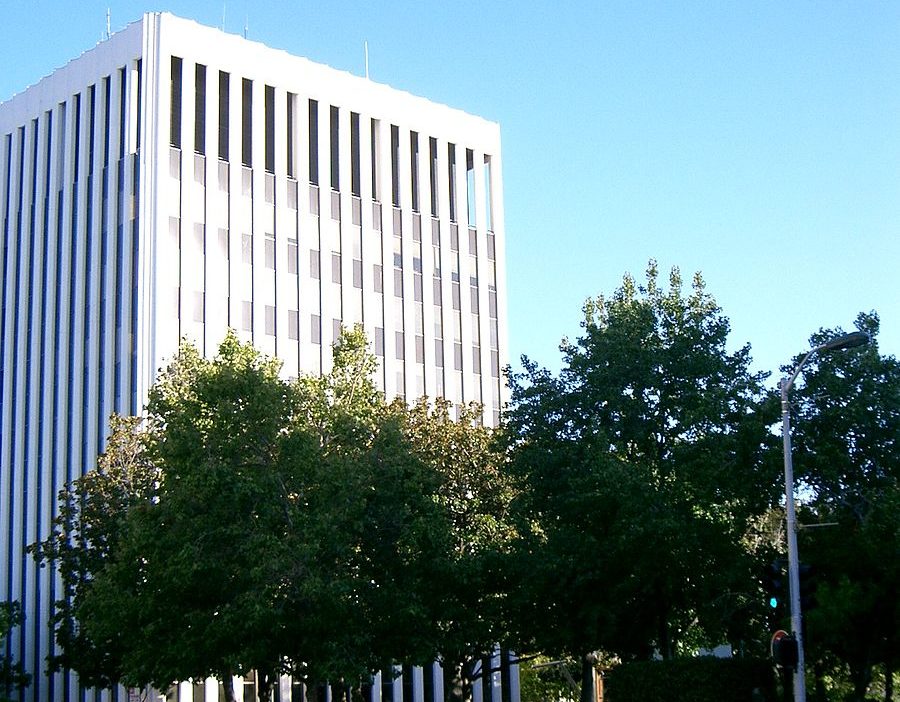On Monday night, the Palo Alto City Council unanimously approved a proposal to build a 59-unit affordable housing project at 3705 El Camino Real, marking the first time a purely affordable-housing project has been approved by the Council in more than five years. Councilmember Liz Kniss was absent from the vote.
The project approval is a step toward meeting the Council’s 2015 goal to create 300 new housing units each year in order to meet the city’s target of adding between 3,545 and 4,420 new housing units total by 2030. The target is set in the city’s Comprehensive Plan, which was updated in Nov. 2018.
The proposal is also the first to seek approval under the new affordable-housing overlay zone introduced by the Council in spring 2018. This zone, the “Affordable Housing Combining District,” allows a developer to construct edifices of greater height and density than allowed on the commercially-zoned site. The 7-2 vote that made the district possible came after months of debate, hundreds of public comments and two Planning and Transportation Commission hearings as the city struggled to reach a consensus.
The newly approved project will also push Palo Alto closer to meeting the regional housing obligation to which the city is held by the Regional Housing Needs Allocation (RHNA) process. Thus far in the 2015-2023 RHNA cycle, Palo Alto has met merely 15 percent of the housing expectation allocated to it, according to a 2018 critical report from the Santa Clara County grand jury.
The project was proposed by Palo Alto Housing, a local nonprofit organization that has not had a local development approved since a 60-unit project for low-income seniors, which also included a collection of 12 single-family homes, was approved by the Council in 2013. Even that project was abandoned after voters overturned the zoning that made the project possible in a referendum following the project’s approval.
In 2018, the Council did not meet the 300-unit goal, approving only one multifamily housing project. That project consisted of 57 units marketed to the “missing middle,” which consists of families with incomes above the threshold for below-market-rate eligibility, but below the threshold to afford market-rate housing.
“Our community has spoken loudly and clearly about the need for affordable housing,” said Councilman Adrian Fine — who was elected as vice mayor of the Council on Monday — at the April 2018 meeting at which the overlay zone was passed. “This overlay is aimed at 100 percent affordable housing. It doesn’t get much better than that.”
Contact Holden Foreman at hs4man21 ‘at’ stanford.edu.
